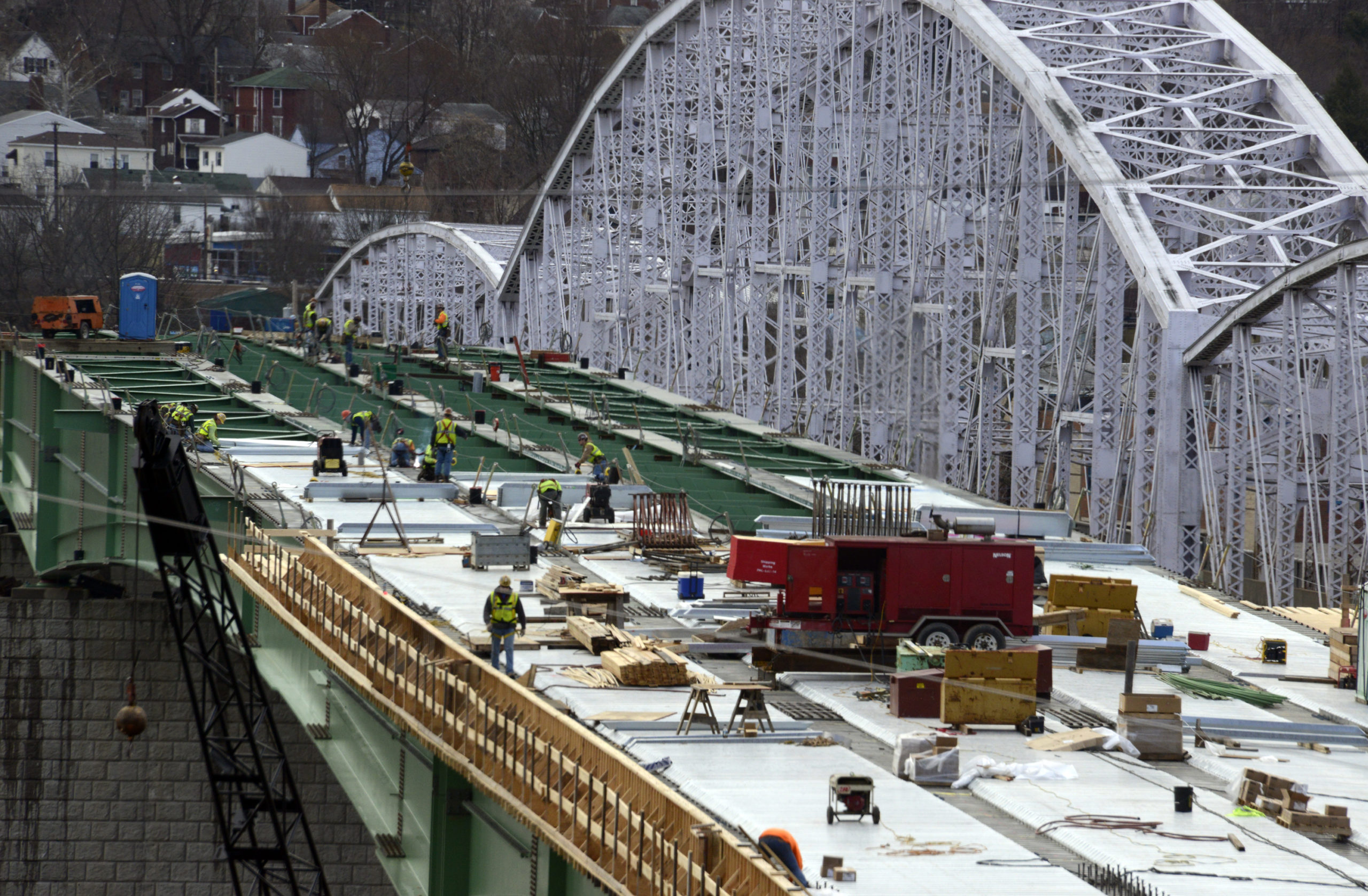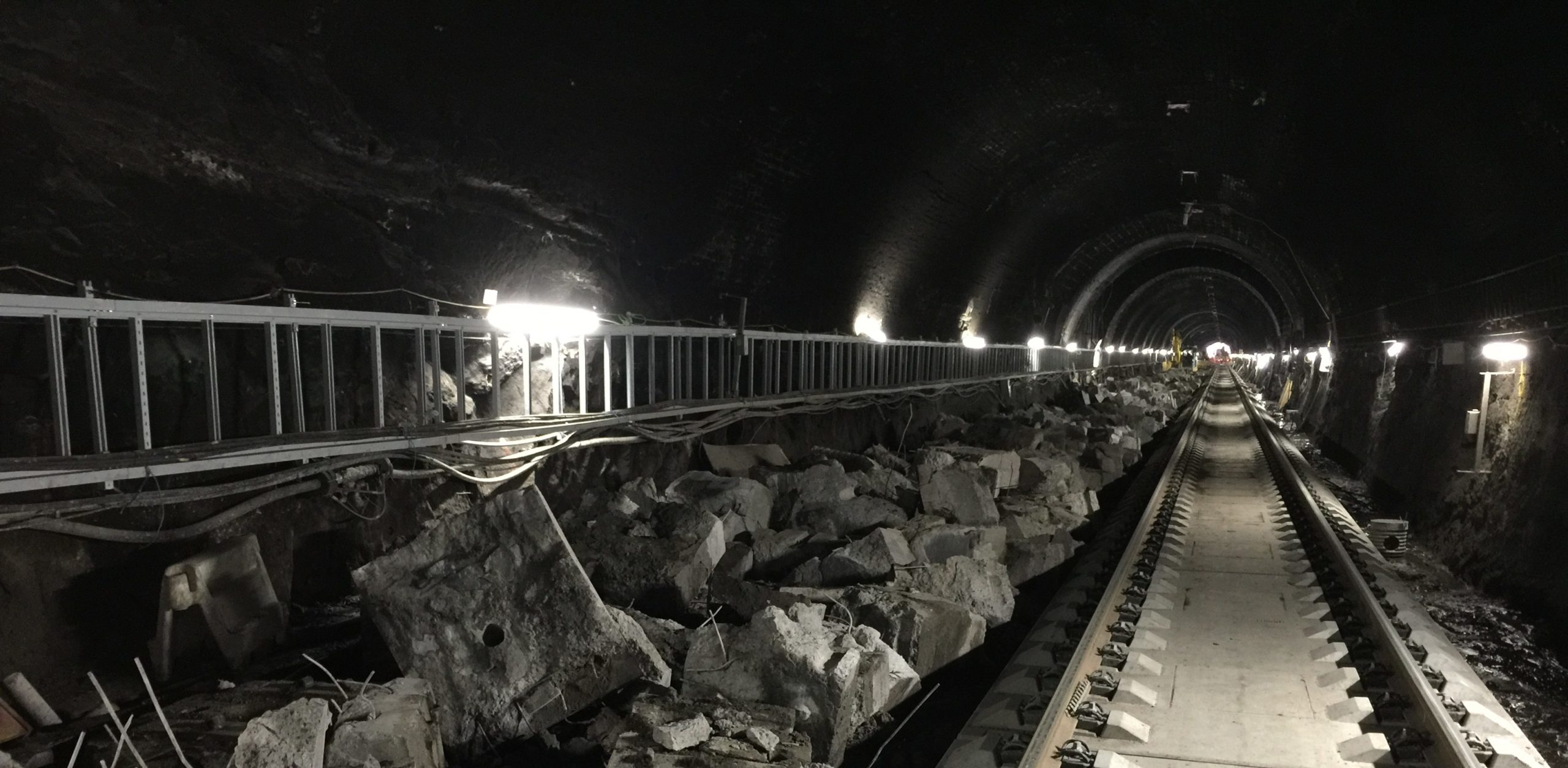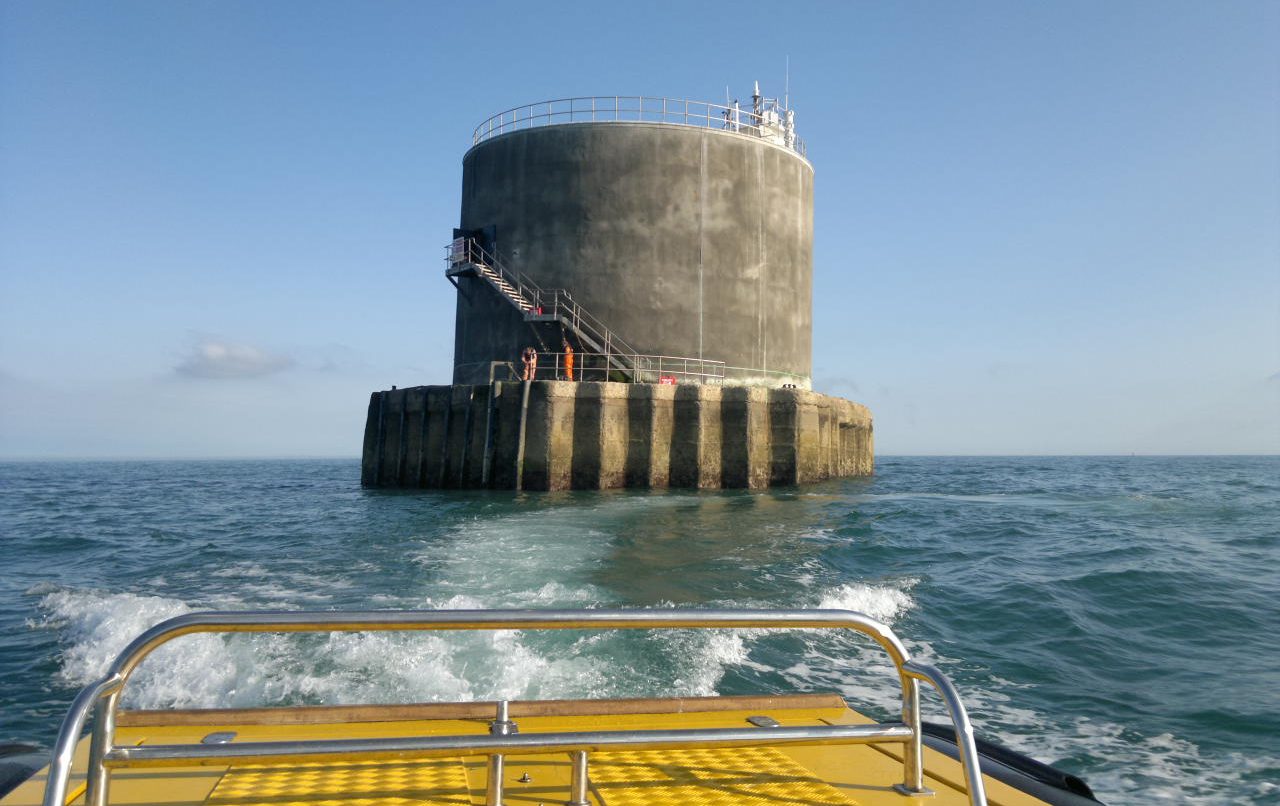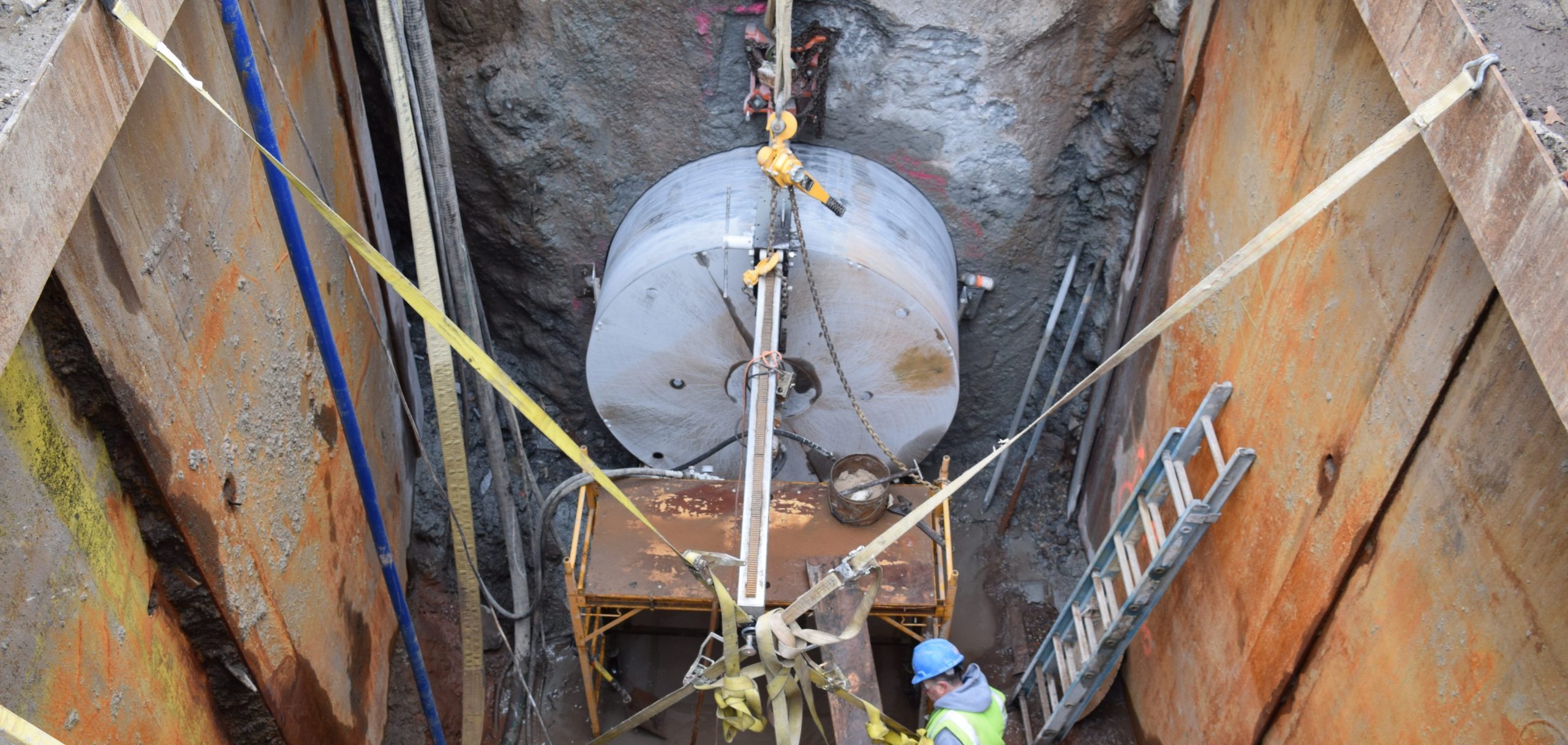
GPR Keeps Workers Safe from a 13,000 Volt Shock

The average voltage in a standard household socket, 100-250 volts, is enough electricity to be fatal if a person is shocked. In Phoenix, Arizona, new infrastructure on the existing American Express Center was an exciting prospect with a major complication—a large conduit inside the high voltage duct bank that powered the existing buildings, energized with 13,000 volts.

General Contractor Layton Construction was working on the expansion of this center, which included the addition of a fourth building and an additional parking structure. As the existence of the conduits was known, Wilson Electric was working in conjunction with GC Layton. It was determined that of the two conduits, one was pumping out a whopping 13,000 volts to power the existing three buildings as well as the parking structures, and the other was empty. CSDA contractor American GPR was called out by Wilson Electric, a long-time customer of theirs, and asked what could be done to ensure safety on this project. Joe Long of American GPR agreed to scan the bank to locate the conduits and demonstrate the accuracy and credibility of their GPR machinery and reporting.
Under close supervision of the Wilson Electric safety department, Joe Long performed the preliminary survey of the area to be scanned. The scan revealed that the concrete for the slurry duct bank had been poured too thick where the loading dock driveway crossed over it. The high voltage banks are built to encase the energized conduits for everyone’s safety, and with the duct bank poured as thick as it was, there was no space as required between it and the concrete driveway. This meant that the top of the duct bank had to be lowered to accommodate the concrete pavement crossing over without endangering the workers or interrupting the service to the tenant.
Although a small electromagnetic frequency (EMF) signal could be detected from the top of the duct bank, the
depth of the duct bank was beyond what American GPR’s equipment could read. A backhoe was used to excavate the duct bank with safe sloping so each side could be accessed to read the EMF signal from the hot side. American GPR used the GSSI StructureScan Mini XT with Linescan applied for EMF detection. Doing so revealed the air void inside the conduits, approximately 12 inches in from each side. The StructureScan Mini provided very clear readings, despite the rough and uneven side surfaces of the poured-in-place slurry duct bank. The conduit location was marked with heavy bright orange paint in case the trenches would have to be backfilled, and to ensure removal could take place. The duct bank was approximately 3.5 to 4 feet thick, a little over 3 feet wide and the work area on each side was about 35 total feet of duct bank.
On Long’s second trip to the job site, the site was excavated and cleaned up, providing much better access and ability to mark the surfaces. American GPR was able to answer all questions and concerns posed by the GC and other personnel on site. The excavations were refilled to allow access to the work site, and the readings were shared in real time with the electrical foreman and safety officer. American GPR was again able to detect the conduits and confirm the readings were clear and shared the results with all the supervisors until everyone was comfortable with the results. After the conduits had been located and marked by Long, a laborer from the electricians’ crew revealed where the duct bank had been chipped out months prior before it was energized. Slightly exposed in small window was the conduit that carried all 13,000 volts, only 12 inches from the excavation, confirming that the marks were exactly right. As a precaution, no operator on site got closer than 12 inches away from the conduit, and all remaining work would be performed at least 2 feet away from the encased conduit. The accurate location of the power was critical in ensuring that the workers would be safe, and the power would be uninterrupted.
Feeling confident with American GPR’s readings, the safety department submitted the report and a plan of action to proceed to the General Contractor, ensuring no danger to operators as well as no risk of interrupting service to the three American Express buildings. Layton Construction wanted to be included in the inspection because of the enormous liability that this much electrical power entails, and they were also satisfied with the plan and approved the proposal.
Locating the conduits before removing any concrete was the only way to safely accomplish this job. Beginning demolition of the slurry duct by cutting or breaking the concrete prior to scanning would be incredibly dangerous and needlessly put operators in jeopardy. The slurry duct is there to warn of the presence of high voltage and stop any equipment from reaching it unexpectedly. Joe Long of American GPR said about this job, “Contact with 13,000 volts would have been fatal and the interruption of power to this major financial institution would be a huge liability, not to mention an embarrassment to these professional companies. None of us take unnecessary or unreasonable risks, ever.” With everyone involved satisfied with the readings and resulting report, this job was safely completed with no injuries or incidents. This CSDA contractor shows why GPR scanning is often the best choice in locating possible dangers in concrete slabs and structures, and why hiring a professional and experienced operator is paramount for safety and success.
COMPANY PROFILE
American GPR is a CSDA Certified Company with a single employee, who is also a CSDA Certified GPR Technician with over 30 years of experience in the concrete cutting and demolition industry. American GPR has been serving Wilson Electric for over 6 years throughout Arizona. American GPR has been a CSDA member since 2016.
RESOURCES
General Contractor
Layton Construction
CSDA Contractor
American GPR Services
Contact for Story: Joe Long Email: AmericanGPR@cox.net Tel: 623-628-6090
Methods Used
GPR Scanning



















